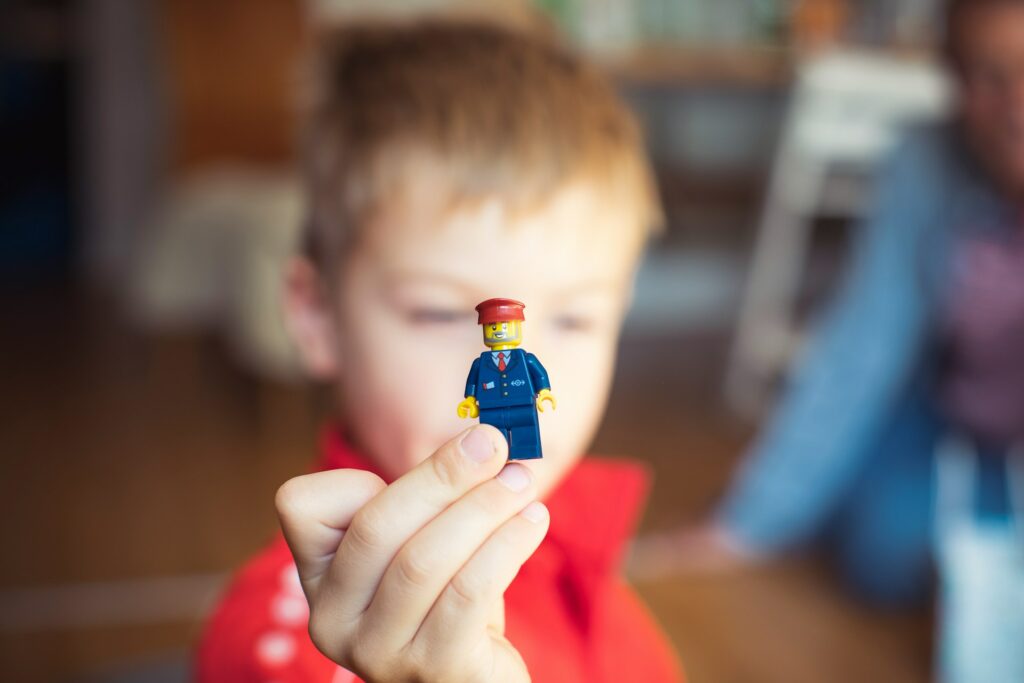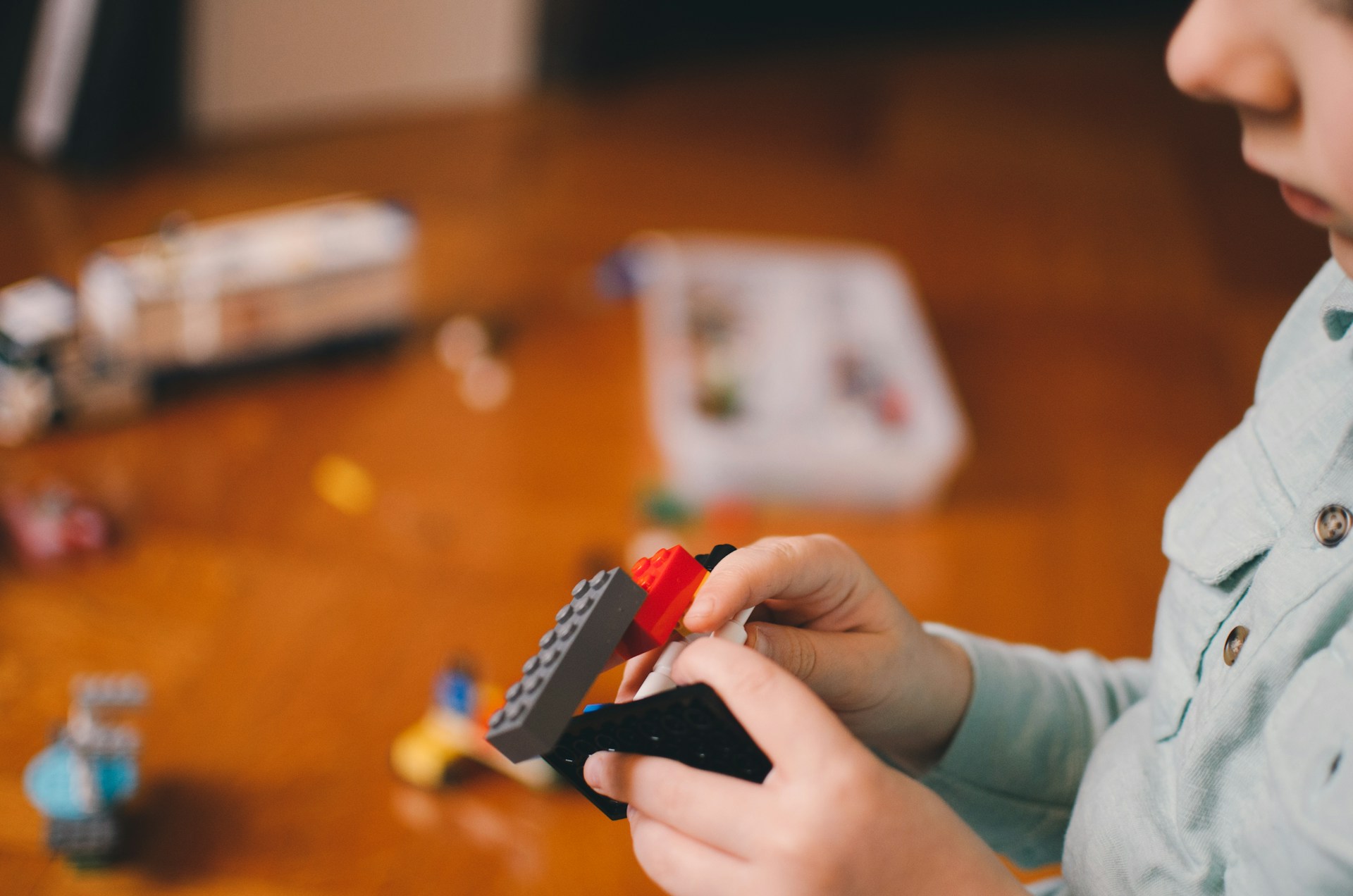Introduction
In recent years, brick therapy has gained attention as a novel approach to improving mental health. What was once viewed primarily as a childhood pastime has evolved into a therapeutic tool used by mental health professionals to enhance social skills, communication, and emotional well-being in both children and adults. In this blog post, we’ll explore the concept of brick therapy, its benefits, and how it’s being utilized to promote mental wellness.
Understanding Brick Therapy
Brick therapy, also known as brick-based treatment or brick Serious Play, is a form of therapy that utilizes building blocks as a medium for therapeutic intervention. Originally developed to support children with autism spectrum disorders (ASD) in developing social skills, brick treatment has since been adapted for various populations and mental health concerns.
The treatment typically involves small groups of individuals working together to complete tasks or projects using building blocks. Each participant is assigned a specific role within the group, such as “builder,” “engineer,” or “supplier.” These roles encourage collaboration, communication, and teamwork, fostering the development of essential social skills.
Benefits of Brick Therapy
- Social Skills Development: One of the primary benefits of brick treatment is its effectiveness in improving social skills. Through collaborative building activities, participants learn to take turns, share ideas, negotiate, and resolve conflicts, all of which are vital for healthy social interactions.
- Communication Skills Enhancement: Brick treatment provides a non-threatening environment for individuals to practice communication skills. Participants must express their ideas, listen to others, and effectively convey their thoughts and feelings, leading to improved verbal and non-verbal communication abilities.
- Stress Reduction: Engaging in creative activities like building with bricks can be inherently calming and therapeutic. The focus required to manipulate the bricks and the satisfaction of completing a project can help reduce stress and promote relaxation.
- Emotional Expression: Brick treatment encourages participants to express themselves creatively through their builds. This can serve as a means of exploring and processing emotions in a safe and constructive manner, particularly for individuals who may struggle to articulate their feelings verbally.
- Cognitive Benefits: Working with building blocks also offers cognitive benefits, such as improved problem-solving skills, spatial awareness, and fine motor skills. These cognitive enhancements can contribute to overall mental well-being and self-confidence.
Applications of Brick Therapy: While brick therapy was initially developed for children with ASD, its applications have expanded to include various populations and mental health concerns. Some common applications include:
- Children and adolescents with ADHD or behavioral difficulties
- Adults with social anxiety or communication disorders
- Individuals experiencing stress or burnout
- Group therapy settings for diverse populations
- Workplace team-building exercises
See here for more.

Conclusion
Brick therapy offers a unique and effective approach to promoting mental health and well-being. By harnessing the power of play and creativity, individuals of all ages and backgrounds can benefit from this innovative form of therapy. Whether it’s improving social skills, enhancing communication, reducing stress, or fostering emotional expression, brick therapy has the potential to make a positive impact on mental health outcomes. As further research and practice continue to explore its effectiveness, brick therapy stands as a promising tool in the broader landscape of mental health interventions.
Check out the products here to start building and calm your nerves.


Leave a Reply